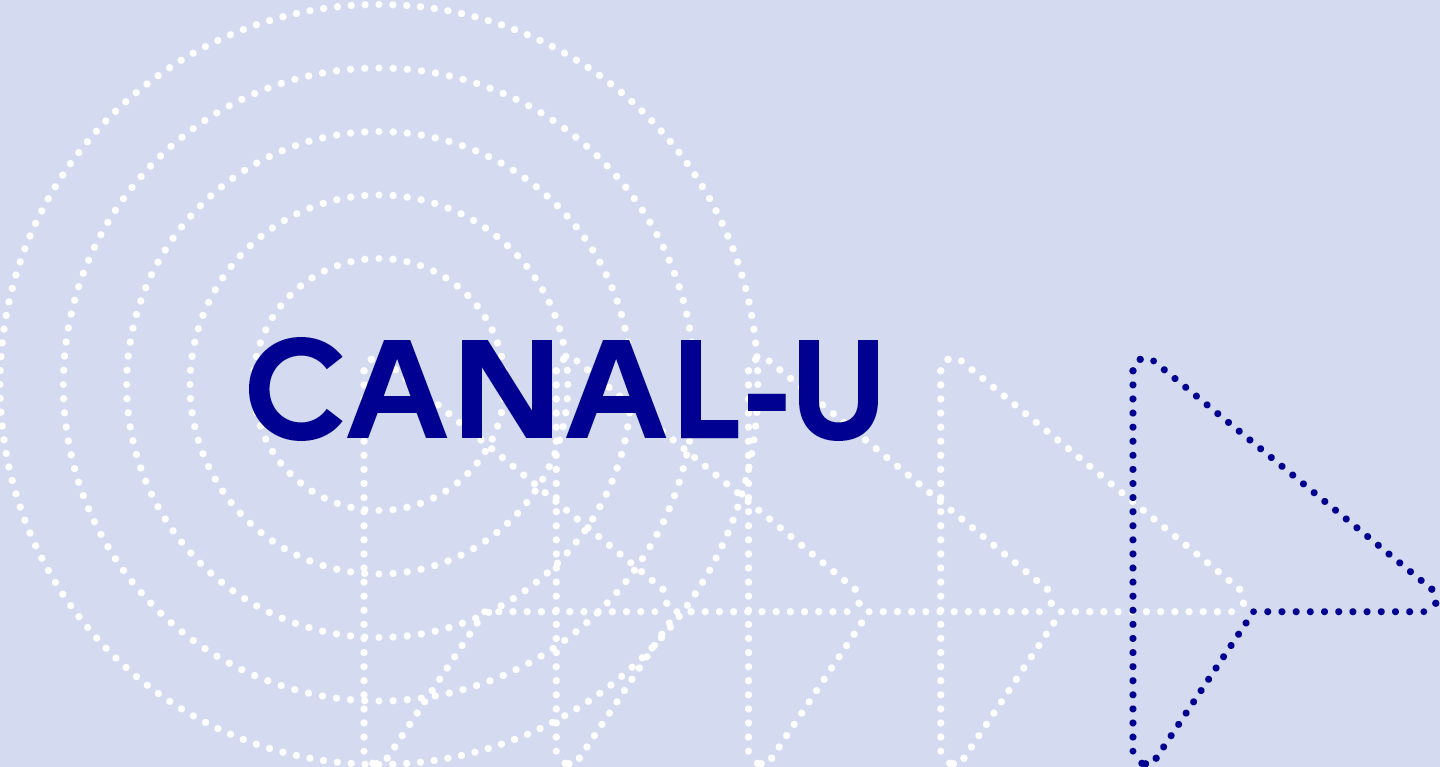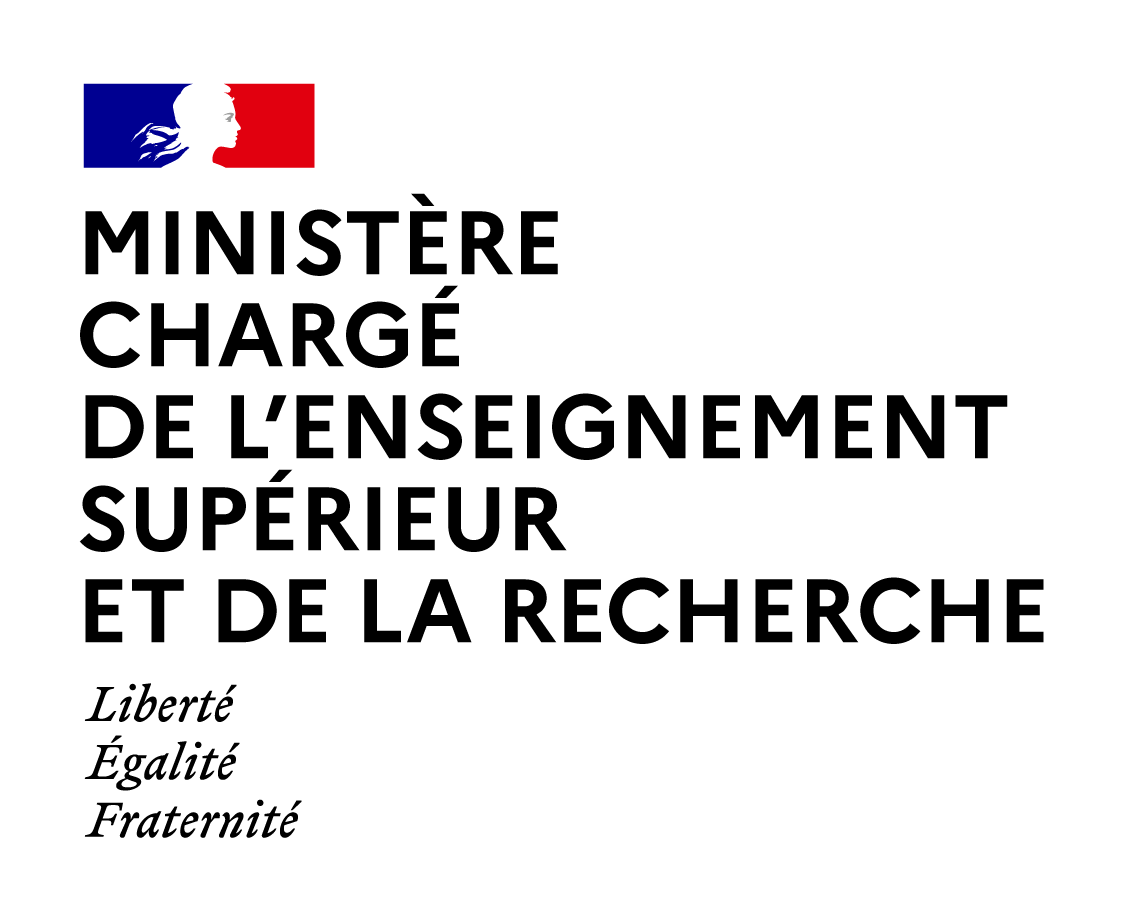
Sommaire
5.1. Code-Based Digital Signatures
Date de création :
05.05.2015Auteur(s) :
Irene MARQUEZ-CORBELLA, Nicolas SENDRIER, Matthieu FINIASZPrésentation
Informations pratiques
Droits réservés à l'éditeur et aux auteurs. Ces ressources de cours sont, sauf mention contraire, diffusées sous Licence Creative Commons. L’utilisateur doit mentionner le nom de l’auteur, il peut exploiter l’œuvre sauf dans un contexte commercial et il ne peut apporter de modifications à l’œuvre originale.
Description de la ressource
Résumé
Welcome to the last week of this MOOC on code-based cryptography. This week, we will be discussing other cryptographic constructions relying on coding theory. We have seen how to do public key encryption and now we will see other kind of constructions. This first sequence we'll be having a look at digital signatures and how to design code-based digital signatures. So, what is digital signature? A digital signature is meant to replace a paper signature on a digital document. Exactly like a paper signature, only one person should be able to create a digital signature which ties the identity of the signer to the document. And like a normal signature, everyone should be able to verify that the signature is correct and so repudiation is impossible. This is kind of the opposite of what we do with an encryption operation in a public key cryptosystem where everyone can encrypt and only one person can decrypt. That is why most digital signatures use a decryption operation in the process. So, how do we implement a digital signature? The first operation is usually to hash the document into something of fixed size which is a ciphertext. Why do we do this? For two reasons: one is that we want to be able to sign documents of arbitrary length, which means that we need, at some point, to go from a large document to a small ciphertext. And then, we want to tie the hash ciphertext to the document. So, we need something which is a one way, for which it is difficult to build collisions and everything which is exactly the properties of hash function. Once we have this hash in the ciphertext space, we simply decrypt it. This operation requires the knowledge of the secret key as you have seen in the previous sessions. And that is why only the legitimate signer can perform this operation and can compute the signature. Once you have this signature in the plaintext space, you simply append it to the document and that is it. For the verification, the verifier just does the opposite operation: first, takes the signature outside of the document, encrypts it using the public key which is something that everyone can do.
"Domaine(s)" et indice(s) Dewey
- Analyse numérique (518)
- Théorie de l'information (003.54)
- données dans les systèmes informatiques (005.7)
- cryptographie (652.8)
- Mathématiques (510)
Domaine(s)
- Analyse numérique
- Analyse numérique appliquée, calcul numérique, mathématiques numériques
- Programmation : Algorithmique, langages, conception objet, programmes
- Informatique
- Informatique
- Expression orale et écrite
- Cryptographie
- Généralités, philosophie, théorie des mathématiques
- Généralités
- Outils, méthodes et techniques scientifiques
- Didactique des mathématiques
- Histoire des mathématiques
- Mathématiques et physique
Document(s) annexe(s)
- Cette ressource fait partie de
Fiche technique
- LOMv1.0
- LOMFRv1.0
- Voir la fiche XML



